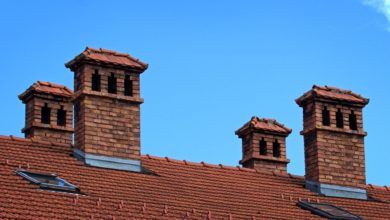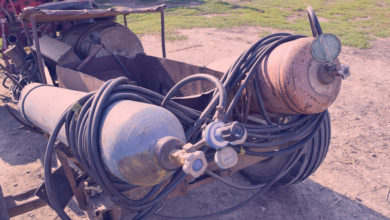When choosing whether you should get a tower fan or pedestal fan for your home or office, there are a few key factors to consider. We’ll go over the main pros and cons here, and try to arrive to a sound conclusion.
Pedestal fans – description, pros and cons
Often called “stand fans” or even just “basic/standard fans”, pedestal fans have been around for a long time. Very simple devices, these fans offer directed and powerful ventilation at minimal power consumption and ignorable noise. They will typically have several speed settings and a rotating head to give you the option to redirect the airflow toward more than one direction.

Pros:
- Height. They are usually taller than tower fans and their height can even be adjusted. This makes it easy to place them behind furniture to minimize the floor space they take
- Power. On average, pedestal fans are more powerful than tower fans. The latter can have impressive power too, depending on the model but pedestal fans will typically produce a much more noticeable airflow
- Noise. Pedestal fans are also typically quieter, especially when they are well-maintained
- Maintenance. As they are much more “open”, pedestal fans are much easier to clean
- Price. These fans are usually more affordable than tower fans
Cons:
- Features. Aside from their speed and rotation/height settings, pedestal fans offer few if any additional features
- Design. Most people would regard a pedestal fan as “ugly” which, while subjective and unfortunate, feels true compared to the slick design of tower fans
- Size. While the fact that they can be slotted behind furniture works to their advantage, it should still be mentioned that pedestal fans are just bigger and take more space overall
- Danger. Kids and pets may hurt themselves if they reach inside the relatively exposed blades of a pedestal fan
Tower fans – description, pros and cons
Tower fans are relatively more complex devices than pedestal or stand fans. They use a series of horizontal turbine-like fans that such air from the lower part of the “tower” and exhaust it from its upper end. They are quieter and often include air filters inside the fan for better air quality.
Pros:
- Size. Slim and tall, these fans will usually take less floor space than a pedestal fan
- Design. More often than not, tower fans look pretty nice and can be picked to fit your interior design well
- Features. Tower fans will usually have more programmable options than pedestal fans, plus they often include air filters inside the tower
- Danger. As they are fully enclosed, the blades of a tower fan present no danger to kids or pets
Cons:
- Noise. Tower fans are louder on average although they can be kept pretty quiet with good maintenance too
- Maintenance. These fans are harder to clean as they often need to be opened and cleaned from the inside
- Height. Typically lower, tower fans can’t be placed behind or next to furniture as they won’t be able to do their job well enough there
- Power. More powerful models are available but, on average, pedestal fans offer stronger airflow
- Price. Tower fans are a bit pricier than pedestal fans
Tower fan vs pedestal fan – how do they compare?
So, should you get a tower fan or stand fan? Both types can work great when they are of high enough quality. Our general advice would be to pick a pedestal or stand fan for larger spaces because of their stronger airflow and a tower fan for smaller spaces. Aside from that, most of the other considerations ought to be subjective – which looks better, which fits your interior design more, etc.






